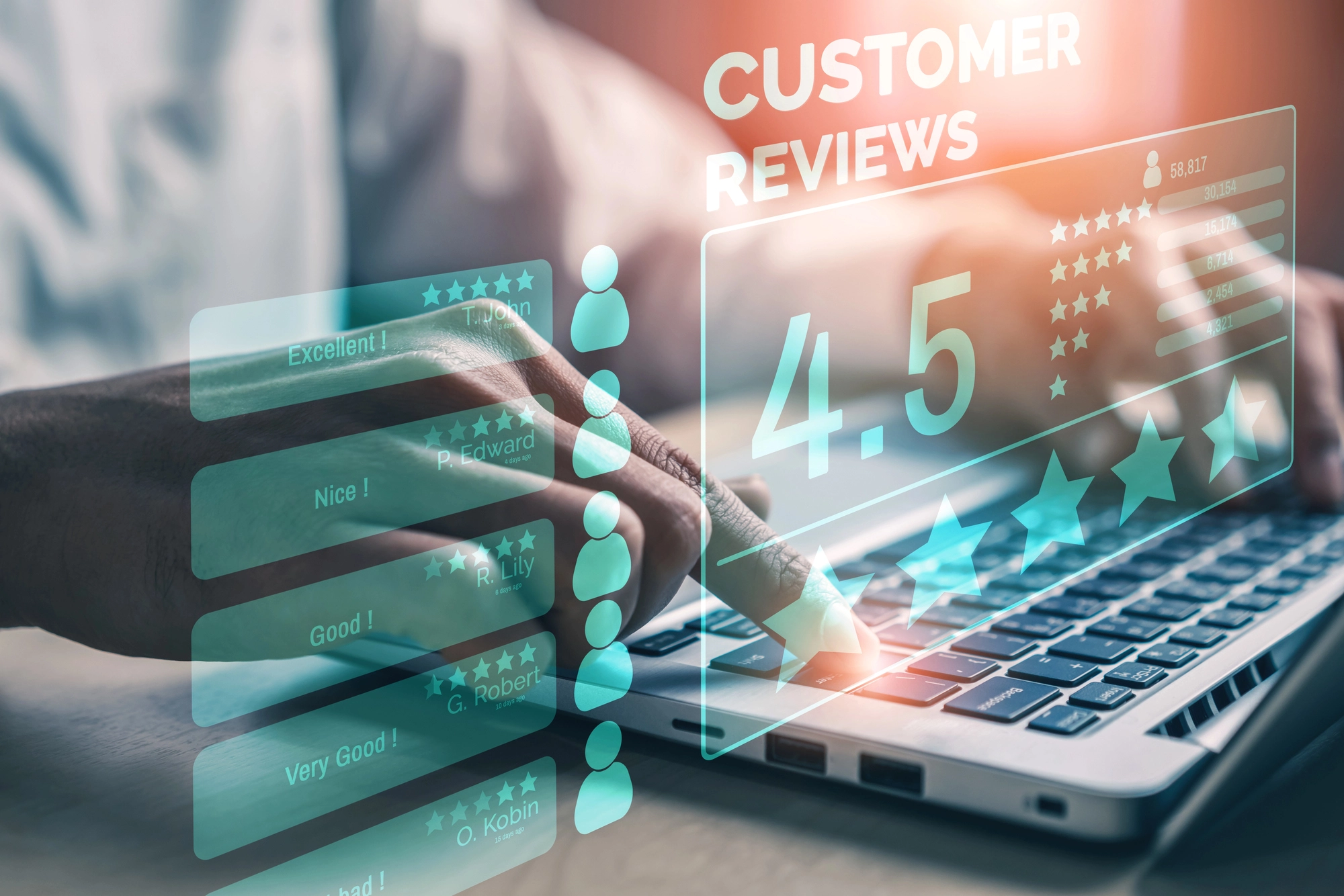Ultimate Guide to Protect and Boost Your Online Image
In today’s digital world, your reputation is your currency. Whether you are a business owner, a professional, or a public figure, managing your reputation online is crucial. This comprehensive guide will explore what reputation management is, why it matters, how to monitor your reputation, and the best strategies to improve and protect it.
What is Reputation Management?
Reputation management refers to the practice of influencing, controlling, and improving how an individual or business is perceived by the public, especially online. It involves monitoring mentions, addressing negative feedback, promoting positive content, and strategically managing public relations.
Why Does Reputation Management Matter?
- Trust Building: A good reputation builds trust with customers, partners, and stakeholders.
- Customer Acquisition: People often check reviews and online sentiment before buying.
- Crisis Prevention: Early detection and response to negative mentions prevent potential damage.
- Competitive Advantage: Positive reputation differentiates you in saturated markets.
- Brand Equity: Reputation impacts brand value and long-term success.
Key Components of Reputation Management
1. Reputation Monitoring
Continuous tracking of your brand or personal name across search engines, social media, review sites, forums, and news outlets.
Popular Monitoring Tools Include:
- Google Alerts: Free alerts for new online mentions.
- Brand24: Real-time social listening and monitoring.
- Reputology: Focus on review monitoring.
- Hootsuite Insights: Comprehensive social media tracking.
2. Reputation Repair
Addressing and mitigating negative reviews, false information, or damaging content through professional responses, legal action, or positive content promotion.
3. Reputation Enhancement
Proactively building a positive image by encouraging positive reviews, publishing high-quality content, and engaging with the community.
How to Manage Your Online Reputation: Step-by-Step
Step 1: Audit Your Current Reputation
Start by searching your name or business name on Google, social platforms, and review sites. Document positive, negative, or missing content.
Step 2: Set Up Monitoring
Use tools like Google Alerts and social listening platforms to get notified of new mentions instantly.
Step 3: Respond Promptly and Professionally
Address negative feedback calmly and constructively. Avoid deleting reviews unless false or inappropriate, as transparency matters.
Step 4: Encourage Positive Reviews
Ask satisfied customers to leave reviews on Google, Yelp, or industry-specific platforms. Authentic positive reviews significantly boost reputation.
Step 5: Create and Share Quality Content
Publish blog posts, videos, case studies, and testimonials that highlight your expertise and values.
Step 6: Engage Actively on Social Media
Build relationships by responding to comments, sharing useful content, and demonstrating your brand personality.
Best Practices for Reputation Management
- Be Transparent: Own your mistakes and communicate openly.
- Consistency is Key: Maintain a consistent brand voice and message.
- Prioritize Customer Service: Exceptional service naturally generates positive reputation.
- Use SEO Strategically: Optimize positive content to rank higher in search results.
- Monitor Regularly: Don’t wait for crises—proactive monitoring prevents surprises.
- Train Your Team: Ensure employees understand your reputation standards and respond appropriately.
Common Challenges in Reputation Management
Handling Fake Reviews
Fake or malicious reviews can harm your reputation. Platforms like Google and Yelp offer reporting tools, but it’s crucial to document and respond professionally to maintain trust.
Dealing with Negative Publicity
Sometimes, misinformation or negative news can spread quickly. Immediate communication and corrective action are essential.
Managing Social Media Crises
A social media crisis can escalate rapidly. Prepare a crisis response plan, designate spokespersons, and maintain clear communication channels.
Top Tools for Effective Reputation Management
Tool
Purpose
Key Features
Google Alerts
Basic monitoring
Free, email notifications for keywords
Brand24
Social listening
Real-time mentions, sentiment analysis, influencer score
Reputology
Review monitoring
Track reviews from multiple platforms, alert system
Hootsuite Insights
Social media management
Schedule posts, track brand mentions, analytics
Trustpilot
Collect & manage reviews
Automated review requests, moderation tools
How Reputation Management Impacts SEO
Search Engine Optimization (SEO) and reputation management go hand in hand. Positive content such as reviews, articles, and testimonials help push down negative results in search rankings. Google values fresh, relevant, and authoritative content, so consistent reputation management efforts can improve your overall SEO health.
Tips to Integrate Reputation Management with SEO
- Optimize Reviews: Include relevant keywords in review responses.
- Create Positive Content: Blogs, press releases, and case studies optimized for search engines.
- Build Quality Backlinks: Encourage backlinks from reputable sites to your positive content.
- Fix Broken Links: Remove or redirect links to negative or outdated content.
Reputation Management for Businesses vs Individuals
Business Reputation Management
Focuses on customer reviews, brand image, product quality perception, and public relations. Businesses benefit greatly from actively managing online reviews and social media engagement.
Individual Reputation Management
Often called Personal Reputation Management (PRM), it involves controlling search results for a person’s name, managing social media presence, and handling professional networks like LinkedIn.
Case Study: How Reputation Management Saved a Business
Consider a restaurant that faced a sudden influx of negative reviews due to a health scare rumor. By immediately monitoring mentions, addressing concerns openly on social media, offering compensation, and encouraging loyal customers to share positive reviews, the restaurant was able to restore trust within weeks and even increased foot traffic afterward.
Conclusion
In the digital age, reputation management is essential for anyone who wants to maintain a strong and positive public image. With proactive monitoring, swift response, and continuous engagement, you can protect and enhance your reputation online.
Start today by auditing your online presence and setting up a monitoring system. Remember, a great reputation opens doors to endless opportunities.




